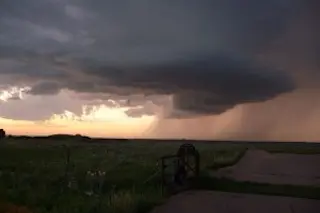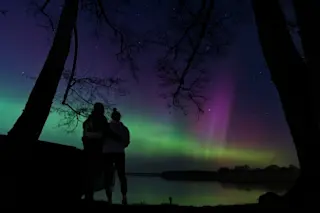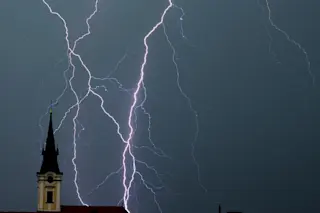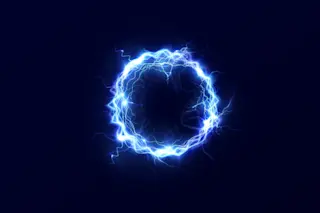A small tornado in Kansas, photographed during Tim Samaras's lightning expedition in August 2009. Photo by George Johnson. It was a shock this morning to learn from an editor at National Geographic that Tim Samaras had been killed by a tornado in Oklahoma. Also dead were Tim's son, Paul, and Carl Young, who had long been a member of the team. I was with them all at various times while gathering information for a story on Samaras's efforts to capture the fastest video ever taken of lightning. Like tornado chasing that too was a dangerous undertaking. But as others who knew him have pointed out, Samaras was not simply a thrill seeker. He loved to come as close as possible to extreme weather, but the risks he took were calculated, educated ones. His overriding goal was to gather information -- in the form of imagery and other data -- that ...
The Death of Tim Samaras, Lightning Chaser
Explore Tim Samaras's tornado chasing adventures and his quest to capture lightning during the August 2009 expedition.
More on Discover
Stay Curious
SubscribeTo The Magazine
Save up to 40% off the cover price when you subscribe to Discover magazine.
Subscribe












